**This wine is on pre-arrival offer due September 2024**
Following on from the epic 50 year version of this wine, Michael Moosbruger now releases both a 3 year and 10 year version annually. Read more of the technique below. The Cuvée 10 Years Edition 852 is a blend of :
Vintage: 2012, 2010
Grapes: 95% Grüner Veltliner, 5% Riesling
Below are the reviews of the previous version 851. The 852 hasn’t been reviewed yet.
The NV Tradition Heritage Cuvée 10 Years Edition 851 is predominantly based on the 2011 vintage plus older vintages and opens with a nutty and somewhat oaky but very elegant and even saline bouquet that is very fine but also complex. Rich and intense but also elegant and transparent on the palate, with fine tannins and grippy phenols, this is a full-bodied and round blend of Grüner Veltliner and a share of about 15% to 20% Riesling that gives beautiful liveliness. This Heritage drinks a bit like a young white Tondonia. 13% alcohol. Natural cork. Tasted at the domaine in September 2022. Drink Date: 2022 – 2060
Stephan Reinhardt, The Wine Advocate 95 Points
The MV Tradition Heritage Cuvée 10 Years Edition 851 is a blend of mostly 2011 with a smaller addition of 2010, in a rough 80/20 blend of Grüner Veltliner and Riesling. Cream, caramel, hazelnut, yeast and Spanish almond nougat all meet on the nose. The palate is smooth, nutty, and serene, almost with a hint of resin, on a frame that is almost all texture, almost all smoothness, almost all smooth nougat mouthfeel. This is utterly unusual, complex, incisive, long and, of course, bone-dry. (Bone-dry)
Anne Krebiehl MW, VInous 96 Points
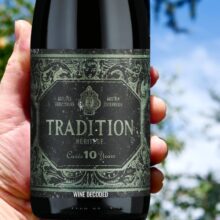


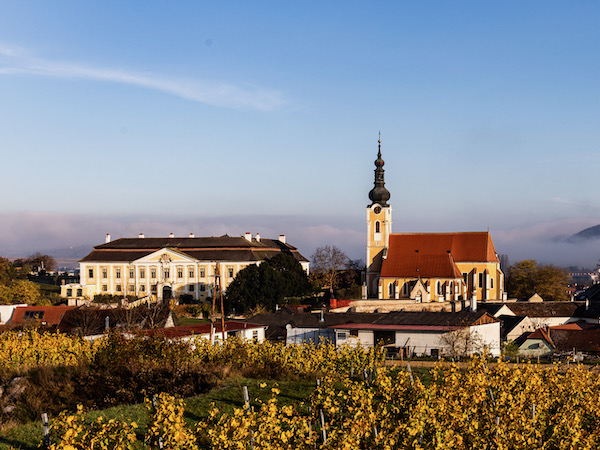
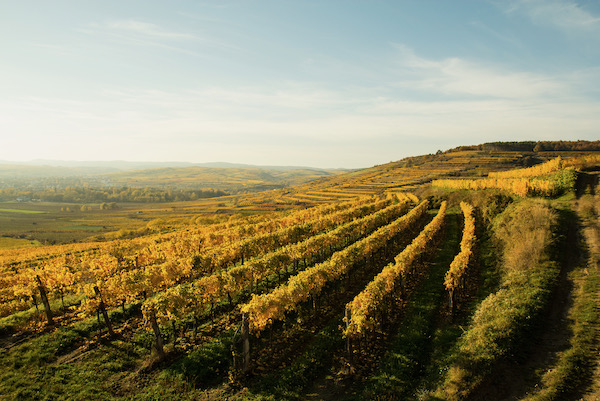
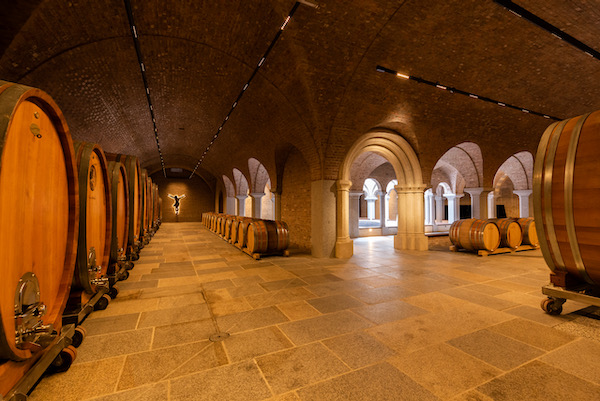
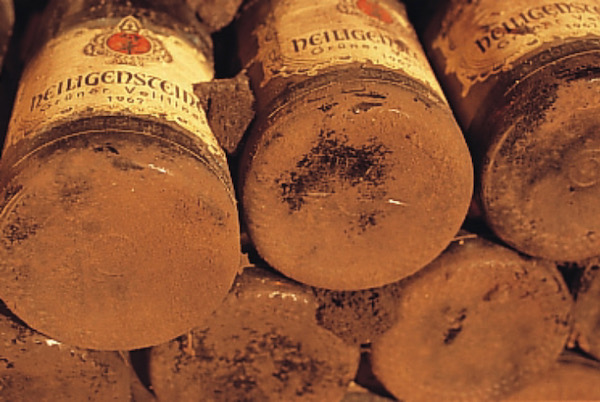
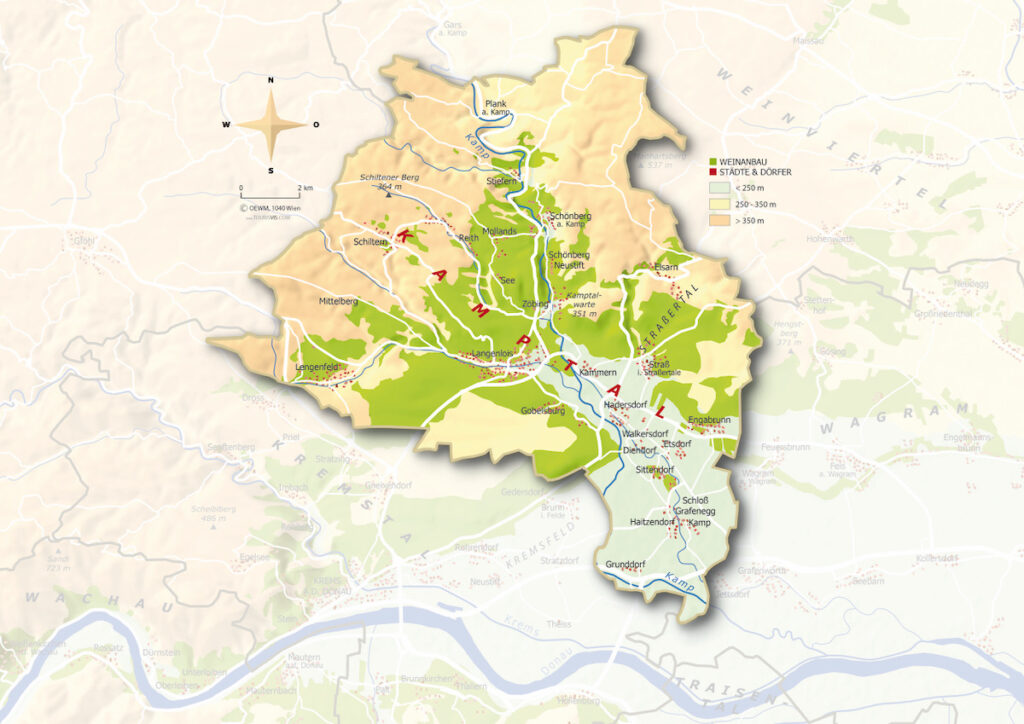
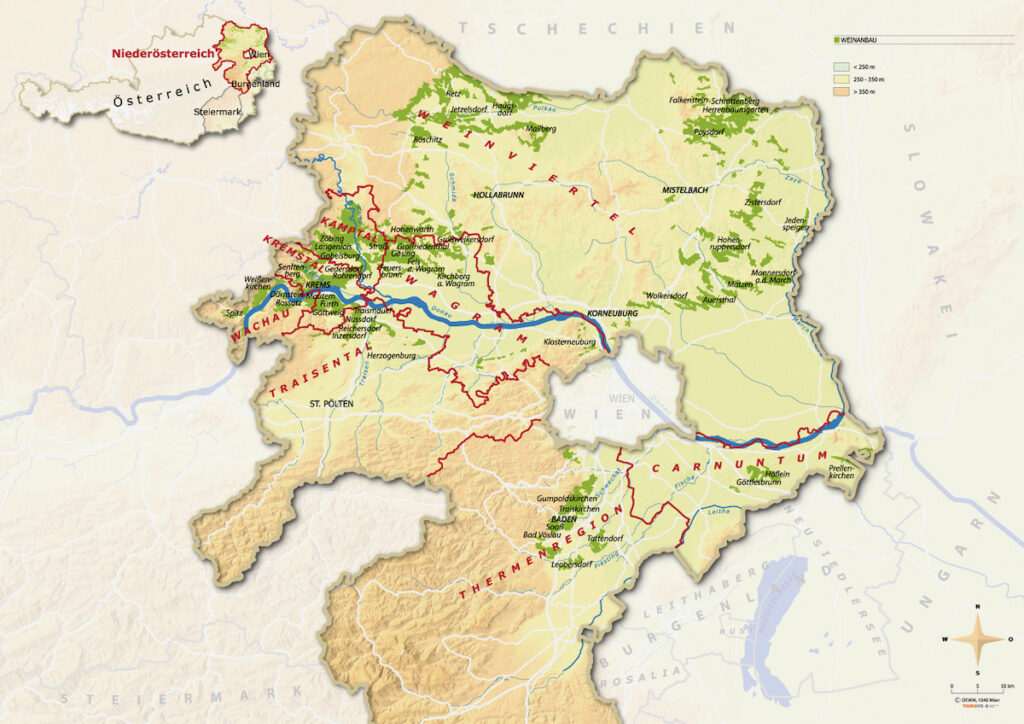
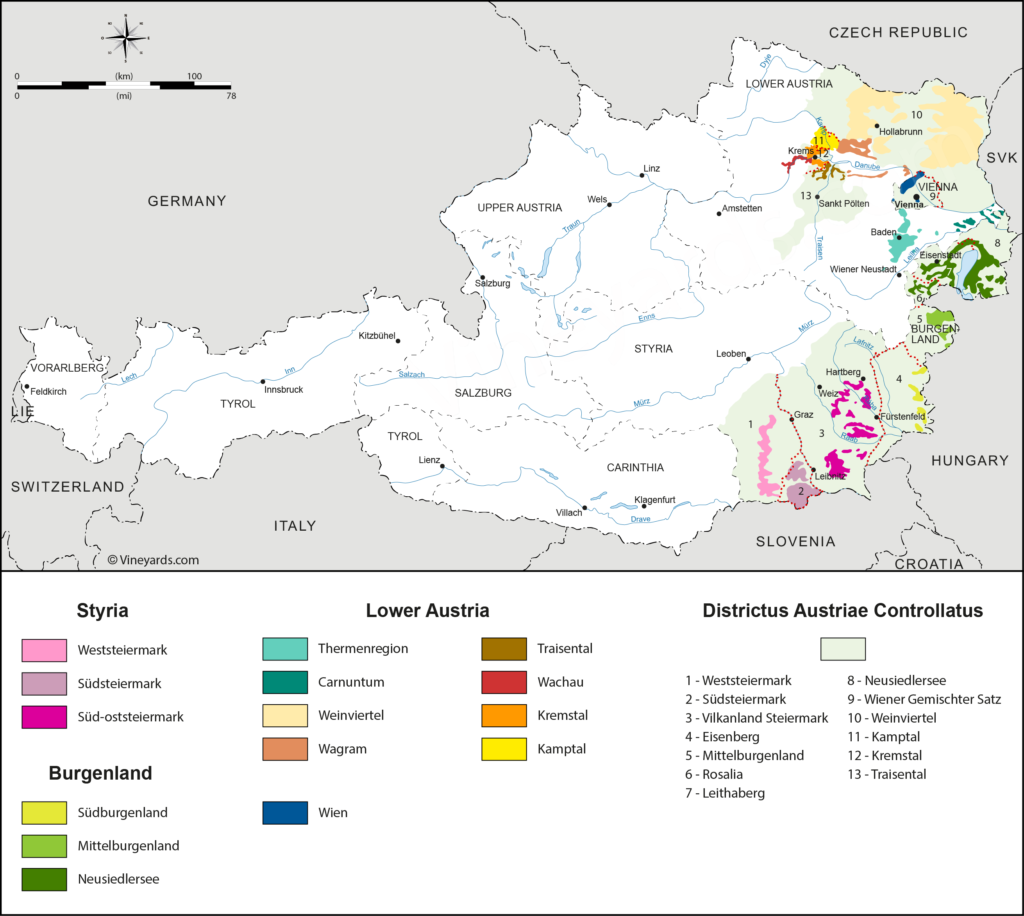

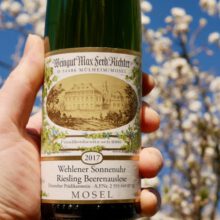
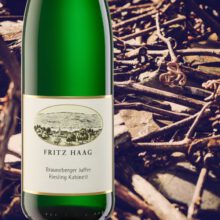
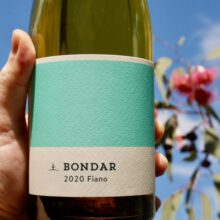
You must be logged in to post a comment.